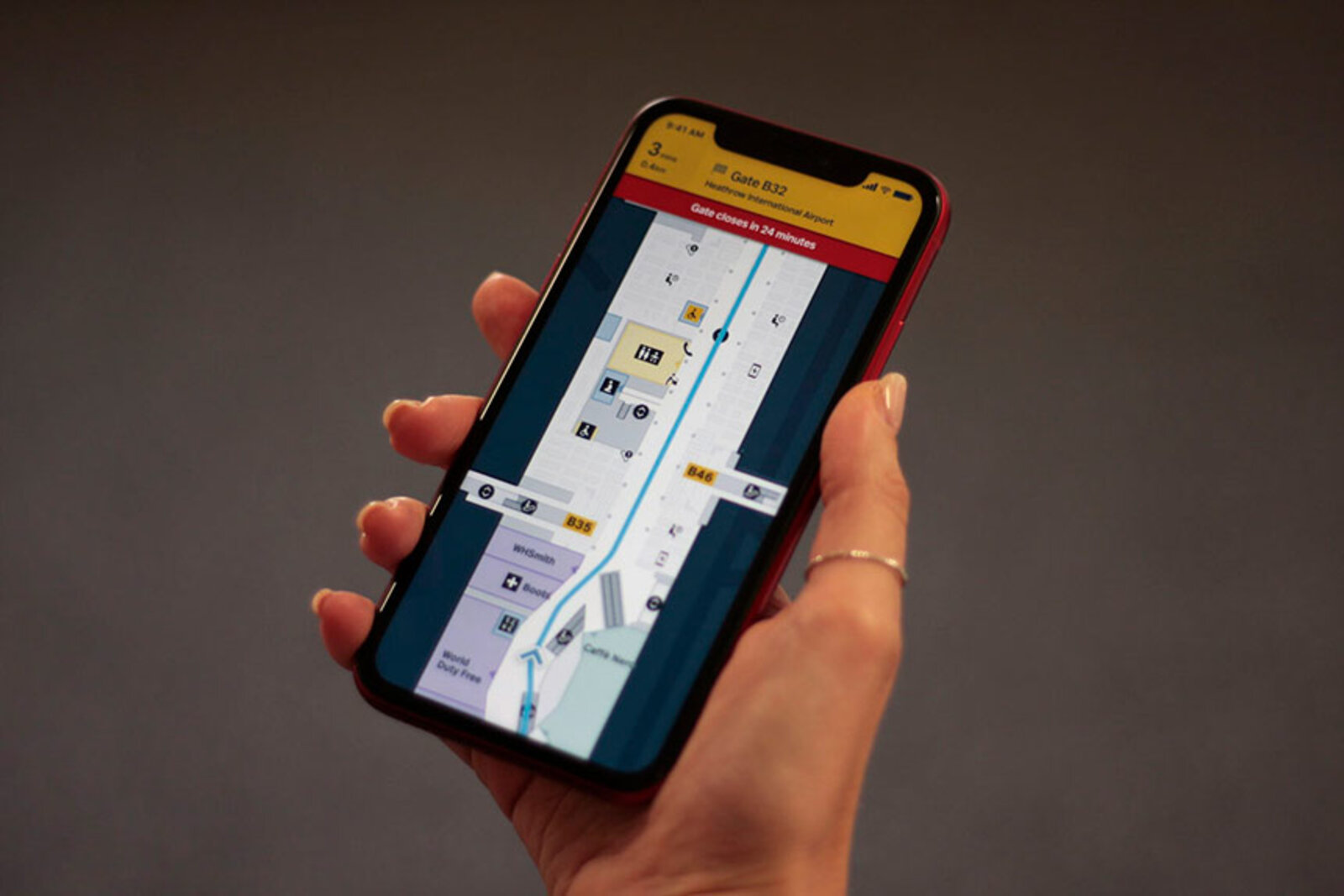Unlocking the potential of smart places: why investing in infrastructure matters

This is a fourth post in a 4-part blog series. View the other articles here:

Smart Infrastructure
Smart infrastructure is the bedrock of smart places, and if built well, it can evolve to support even the most motivated ambitions. As the communication sector has grown fast, we have demanded more, and to be fair, they have delivered. The last generation of mobile technology gives us faster data access, and we can pretty much get direct fibre anywhere. However, infrastructure is a tricky subject because it can be interpreted as something that sounds very expensive and is someone else’s problem. In some cases, the cellular companies are rolling out 5G and already talking about the next generation of mobile technology; the fibre providers are installing and rolling out so much fibre that it is fast becoming a community, so arguably connectivity is their problem. But having a smart infrastructure strategy is so important.
Having the infrastructure in place will help any organisation be able to roll out more information to users of smart places, and giving them the ability to collect data is of huge value. Knowing where users of a smart place have gone and what they have done is critical to growth, and giving informed knowledge will help the users enjoy their experience within any smart place.
I believe something that has slowed down digital transformation and the deployment of smart tech has been the realisation of outcomes. We all want to see a positive outcome when spending a large amount of money on technology and new infrastructure. One of the great benefits of Living Map is that we do not require any new infrastructure, so you can see a hugely valuable outcome quickly. Once the map has been deployed, we can analyse several things.
- How many users of a smart place have searched a certain area? For example, when a user walks into a shopping mall and is looking for a certain shop, the first thing they do is look at a map. The Living Map Platform will give them the best route to take to get to that shop. The shopping mall knows what route was taken, so when trying to bring in new retailers, the management has data at their fingertips to show what the footfall was, when, and how many.
- Access: Being able to support disabled people with your smart place is high on everyone's agenda. Using the Living Map Platform, you can inform the disabled of where they can find the nearest rest rooms, where the lift is located, and whether it is functioning today. Direct them away from the crowd if needed. The Living Map Platform can be used by My Map Manager to give instant access to the map and make changes on the go.
- Improved walkability: A clear map of a large built-up environment will encourage people to explore and open their eyes to more within your environment.
Having a smart infrastructure gives you the ability to reduce stress. Users of the smart place can be connected and informed quicker about changes to the area, giving you control over their enjoyment while they are using the smart place. Someone coming into a museum and having the ability to see what they want to see in whatever language they would prefer will help you grow your accessibility, and they will tell all about their wonderful experience.
However, as I said in a previous blog in this series, you need to build the house.
- Core Connectivity: Being able to connect to data is critical.
- In some instances, hardware, but not for Living Map.
- Software to make it all work. Living Map is a SaaS model.
- Wireless connectivity is a huge part of the smart infrastructure stack.
- Don’t forget security! Never forget the security.
The next and final edition of this series will be on smart healthcare.
Request a demo
Experience the power of our mapping, wayfinding, and asset tracking technology for yourself. See how our software can enhance your facility.






